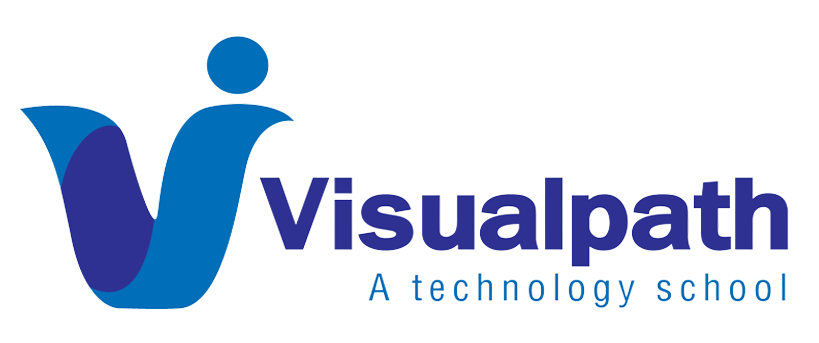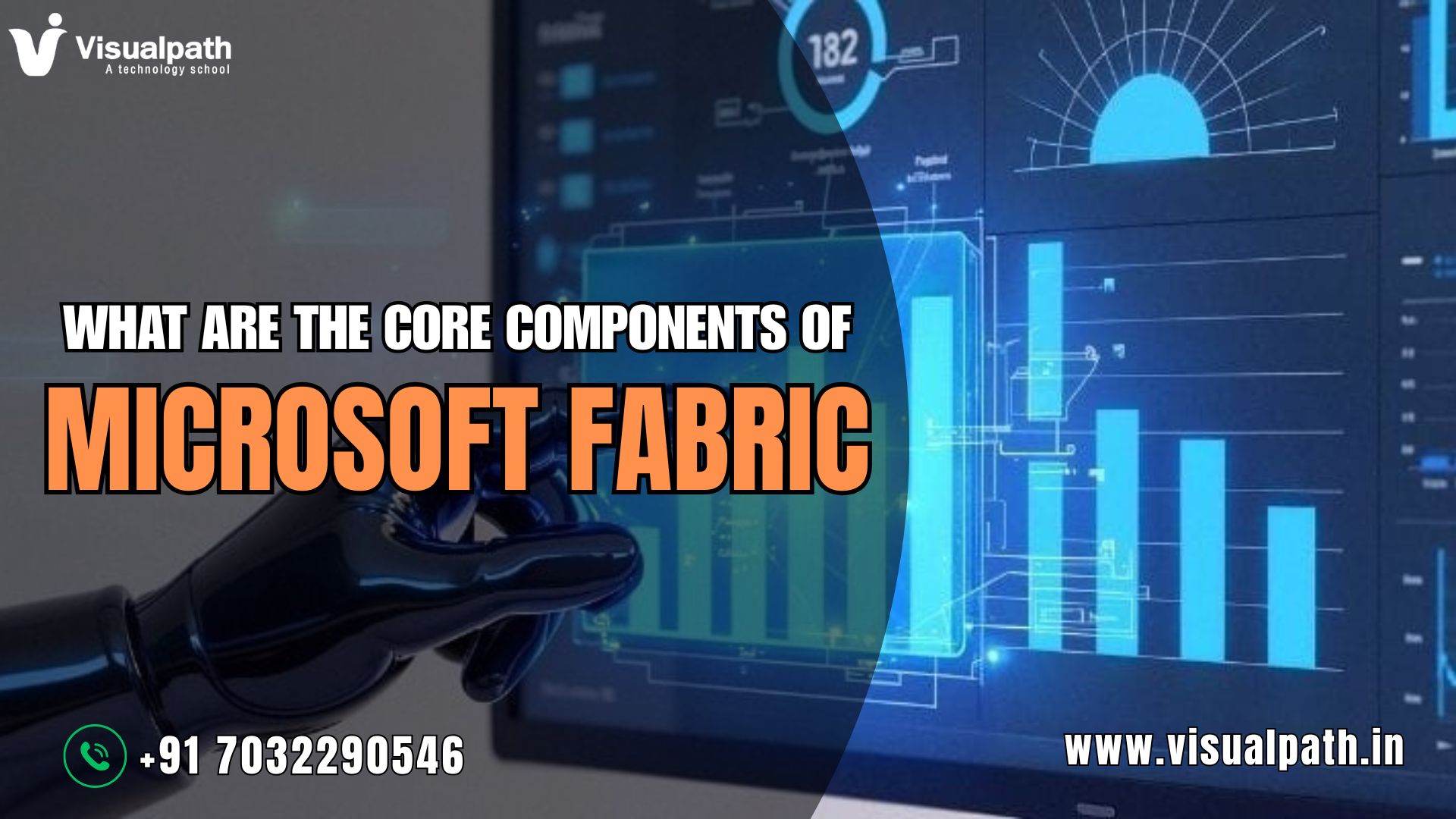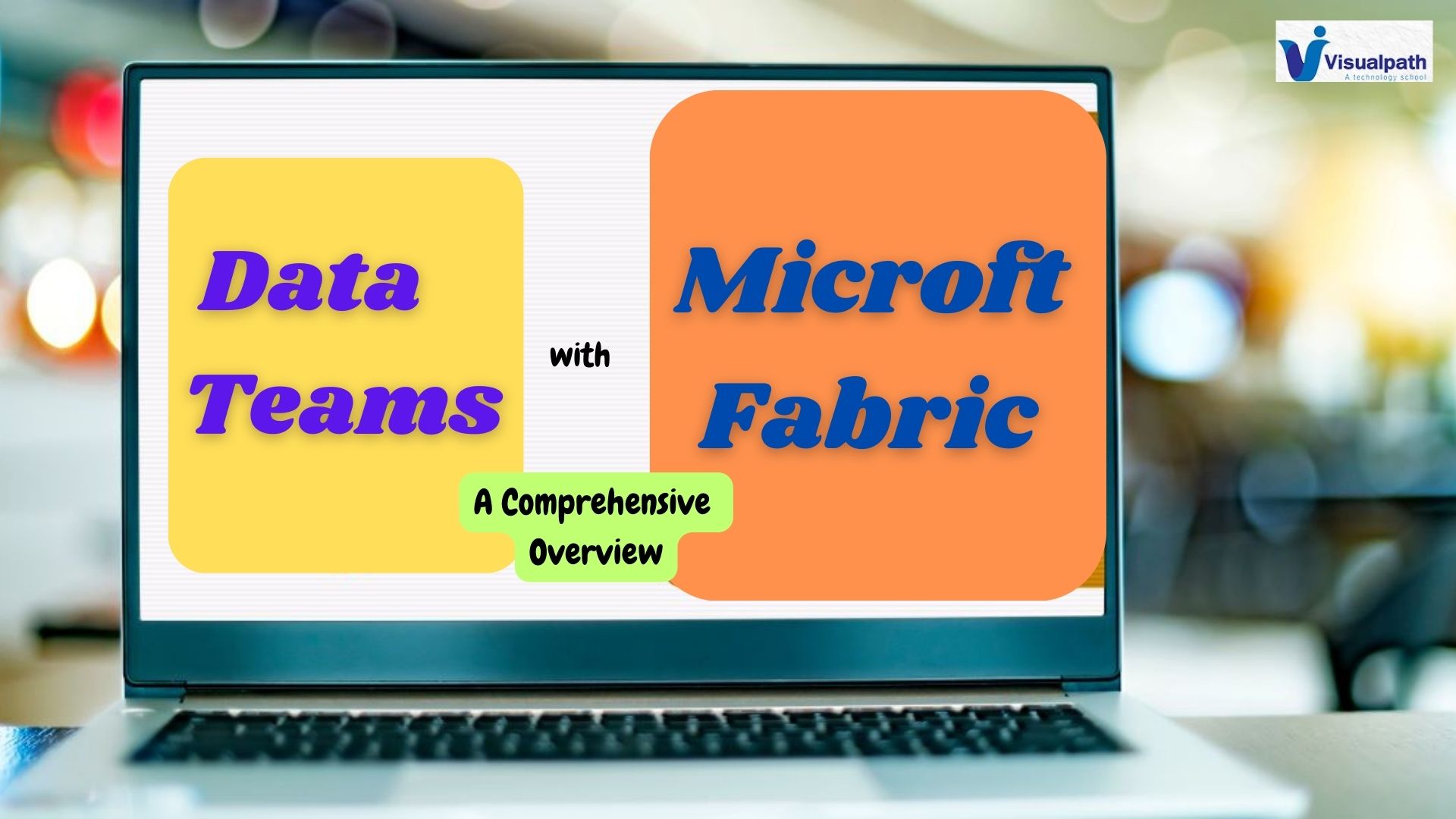Microsoft Fabric is Microsoft’s all-in-one data platform that reimagines how organisations handle data across various roles and tasks. Instead of relying on disconnected tools for data engineering, analytics, and visualisation, Fabric unifies everything into a single, cloud-based experience. Built with scalability, collaboration, and simplicity in mind, it empowers teams to seamlessly go from raw data to actionable insights. Microsoft Fabric Course
Let’s break down the core components that make Microsoft Fabric a powerful and flexible solution for modern data needs.
1. Data Factory – Unified Data Integration
At the center of data movement in Microsoft Fabric is Data Factory. This tool allows users to connect to hundreds of data sources, design pipelines visually or with code, and transform data efficiently. Whether you’re preparing data for reporting or integrating different databases, Data Factory provides a streamlined approach that fits both technical and non-technical users.
2. Synapse Data Engineering – Spark-Powered Workflows
Synapse Data Engineering offers powerful tools for building and managing big data workflows. Using Apache Spark, data engineers can work with large datasets using notebooks and collaborative tools. It’s perfect for data cleaning, transformation, and prepping datasets for analytics or machine learning—all within the same environment, reducing time and complexity.
3. Synapse Data Warehouse – Fast, Scalable Storage
To manage structured data at scale, Synapse Data Warehouse provides a robust and high-performance solution. Built on a distributed architecture, it allows users to run complex queries using familiar SQL syntax. It’s designed for speed and integrates directly with visualization tools like Power BI, allowing instant insights from massive volumes of data.
4. Data Activator – Real-Time Intelligence
One of the standout features in Microsoft Fabric is Data Activator. This component enables real-time monitoring and automation by triggering actions when specific data conditions are met. For example, it can notify a team when sales fall below a threshold or when inventory reaches critical levels—helping businesses act fast without manual tracking.
5. Power BI – Embedded Business Intelligence
Power BI is deeply integrated into the Microsoft Fabric ecosystem, offering real-time dashboards, interactive reports, and advanced data visualizations. Since Power BI connects natively with every other Fabric component, users can analyze data the moment it’s transformed or loaded—no need for extra steps or exports.
6. Data Science – Built-in Machine Learning Tools
Microsoft Fabric includes capabilities tailored for data scientists, including notebook environments and support for Python, R, and machine learning libraries. Teams can explore data, train models, and operationalize AI solutions directly within the platform. This built-in flexibility makes it easy to bring predictive analytics into everyday business processes. Microsoft Fabric Training
7. OneLake – A Single Source of Truth
All components of Microsoft Fabric are connected through OneLake, a unified data lake that stores all organizational data in one place. OneLake simplifies data access and collaboration across teams. Instead of duplicating data across services, everyone works with the same, consistent datasets—leading to better governance and more reliable insights.
Conclusion
Microsoft Fabric isn’t just another tool—it’s a complete data platform designed for the modern enterprise. Its integrated components—ranging from data integration and engineering to real-time automation and AI—offer a seamless, efficient way to turn data into value. With Microsoft Fabric, businesses can centralize their data strategy, reduce complexity, and empower every team member to make smarter, data-driven decisions.
Trending Courses: Gcp Ai, Unqork Training, Data Build Tool




